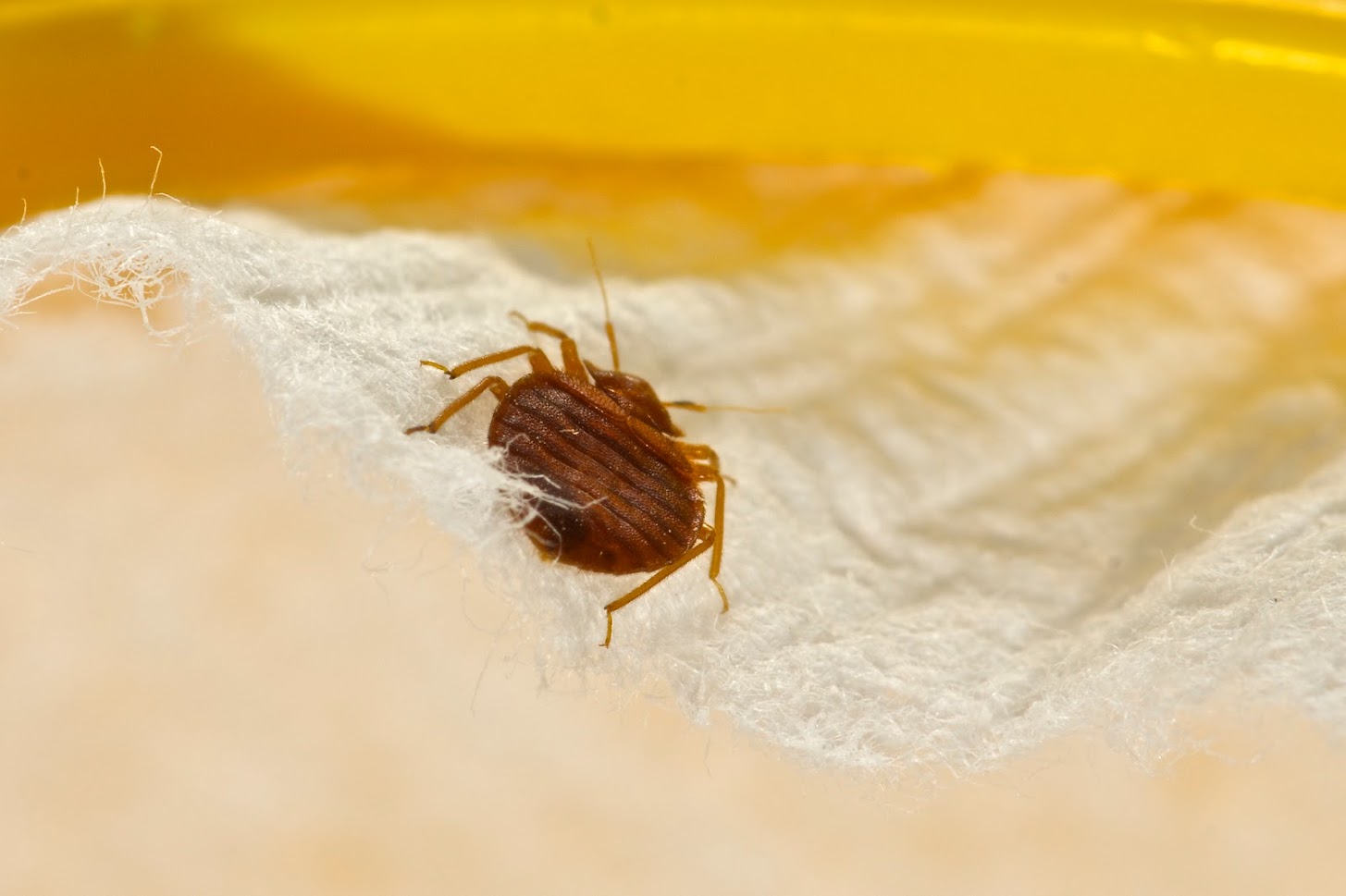
08 Jul 5 Early Signs of Bed Bugs in Your Home
A bed bug infestation can be devastating, whether you live in an apartment or a house. Bed bugs are difficult to find and even harder to eliminate, especially once they start reproducing. Even so, a vigilant homeowner can spot the early signs of a bed bug infestation. Identifying the early signs can help you find and exterminate an infestation before it grows out of control.
The following are five early signs of bed bug infestation you should watch out for.
1. Red Bumps on Your Skin
One surefire sign of bed bugs is reddish, itchy bumps that appear in the morning.
Bed bugs are nocturnal creatures that prefer to feed at night. Bed bug bites are often confused with mosquito bites. The red spots typically appear on exposed body parts, such as the arms, neck, and legs. The bite patterns of a bed bug are usually in a straight line or a cluster.
Fortunately, the bugs don’t carry any diseases but can cause skin allergies and irritation if your skin is sensitive.
2. Musty Smell Around Your Mattress
Your sense of smell can give you the first hint of bed bugs. Bed bugs give off a pungent pheromone when disturbed. You might notice a musty odor in your bed area or other pieces of furniture.
Interestingly, the bed bugs smell different to different people. Most people report smelling a sweet smell likened to berries; for others, bed bugs smell like moldy clothing.
A sizeable number of bugs often give off the smell; if you detect a musty smell, this means the infestation is growing.
3. Blood Stains on Your Sheets
Unexplained blood smears and splotches on your sheets and pillow are classic signs of bed bugs. Blood stains on your bedsheet are a result of:
- A bed bug bite: After feeding, a bed bug injects an anticoagulant that prevents your blood from clotting. You may bleed for some time until the anticoagulant wears out.
- Blood drip from a bug: The proboscis which a bug uses to suck up blood may drip as the bug gets back into hiding.
- Innards of a squashed bed bug: When you roll over in the night, you may squash a bug that recently fed on you, leaving a blotch of blood.
The blood spots on your bed can either be dark in color or yellow if the squashed bug hasn’t fed.
4. Exoskeletons or Eggs on Bedsheets
Bed bugs shed their exoskeleton as they grow. A bed bug has five growth stages and will shed its skin five times before becoming an adult. The shells will be of different sizes, depending on the life stage of the molted bed bug.
The molted bed bug shells are translucent and look similar to the bed bugs without the bug. The larger the infestation, the more casings you’ll find along baseboards, mattress seams, and behind headboards.
You may or may not encounter egg casings. The eggs are oval, and their size and white color make them harder to spot.
5. Fecal Spots on Your Mattress
Wherever bed bugs go, they leave a trail of liquid waste. Fecal spots are distinct from bloodstains. Although bed bugs feast on blood, the color of their feces may not match the color of blood. The fecal spotting resembles an ink dot and may be black or dark brown since the bugs have digested the blood.
Depending on how long ago the infestation started, you may find a cluster of spots or more spread-out spots.
An infestation of bed bugs can quickly become a notorious problem if not caught in time. Without timely eradication, bed bugs can interfere with sleep and spread throughout your home. Early detection is therefore crucial. If you suspect an infestation, contact a specialist in bed bug control to inspect your home and determine the appropriate treatment.
Contact us today if you have any questions about bed bugs in your home.




Sorry, the comment form is closed at this time.